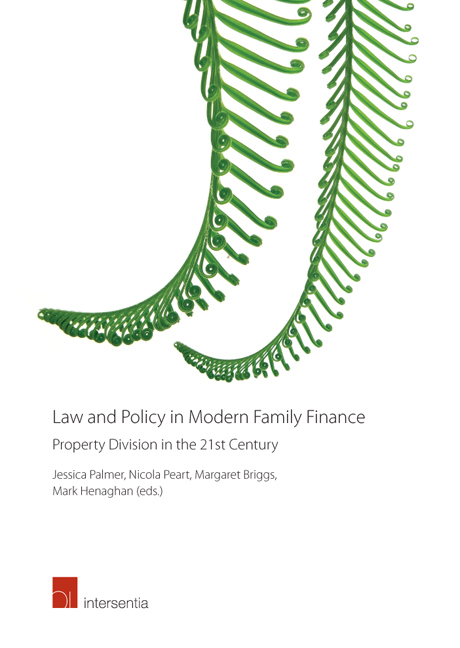Book contents
- Frontmatter
- Foreword
- Acknowledgements
- Contents
- Table of Cases
- List of Contributors
- Chapter 1 Introduction
- PART I WHO SHOULD BE COVERED BY A PROPERTY SHARING REGIME?
- PART II WHAT PROPERTY SHOULD BE COVERED BY A PROPERTY SHARING REGIME?
- PART III HOW SHOULD PROPERTY BE SHARED AT THE END OF A RELATIONSHIP?
- Index
PART I - WHO SHOULD BE COVERED BY A PROPERTY SHARING REGIME?
Published online by Cambridge University Press: 29 September 2018
- Frontmatter
- Foreword
- Acknowledgements
- Contents
- Table of Cases
- List of Contributors
- Chapter 1 Introduction
- PART I WHO SHOULD BE COVERED BY A PROPERTY SHARING REGIME?
- PART II WHAT PROPERTY SHOULD BE COVERED BY A PROPERTY SHARING REGIME?
- PART III HOW SHOULD PROPERTY BE SHARED AT THE END OF A RELATIONSHIP?
- Index
Summary
Questions are frequently raised in family law jurisprudence about the meaning of ‘family‘. Why, and for what reasons, does the state recognise some relationships but not others? Should ‘family‘ be an inclusive or an exclusive club? The responses to these questions are not immutable, since the notion of ‘family‘ is a fluid concept influenced in large part by social attitudes. In recent decades many Western jurisdictions have experienced major social changes that have directly impacted on what we take to mean by the term ‘family‘. Factors including the increasing incidence of unmarried cohabitation, more single parent families, and more blended families have all contributed to weaken the status of the traditional family unit (that is, a family consisting of two married parents and their children) as the predominant family form.
Part I of the book considers a discrete aspect of the wider ‘family‘ issue – namely, in these changing times, which ‘family‘ relationships should be regarded as subject to the rights and obligations attendant on a property sharing regime? In the context of property division this inquiry is of no small importance, since deciding exactly who should be recognised is an important antecedent to determining what types of property should be included in a sharing regime and even the shape of the regime itself.
There are significant differences in the way that individual countries apply inclusion and exclusion criteria to the types of family relationships that are subject to family property laws. Some jurisdictions regulate the property affairs of married couples only, others include couples in registered civil partnerships, and some go so far as to include unregistered cohabitants whose informal relationships function in a ‘marriage-like‘ way. On another level, some jurisdictions put the interests of the children of the family at the forefront of any property division between the parents, whereas others treat children's interests as a largely separate issue from that of the division of the relationship property between the parents. On yet another level, different countries treat relationships that end on separation and relationships that end on death in different ways.
- Type
- Chapter
- Information
- Law and Policy in Modern Family FinanceProperty Division in the 21st Century, pp. 11 - 14Publisher: IntersentiaPrint publication year: 2017



